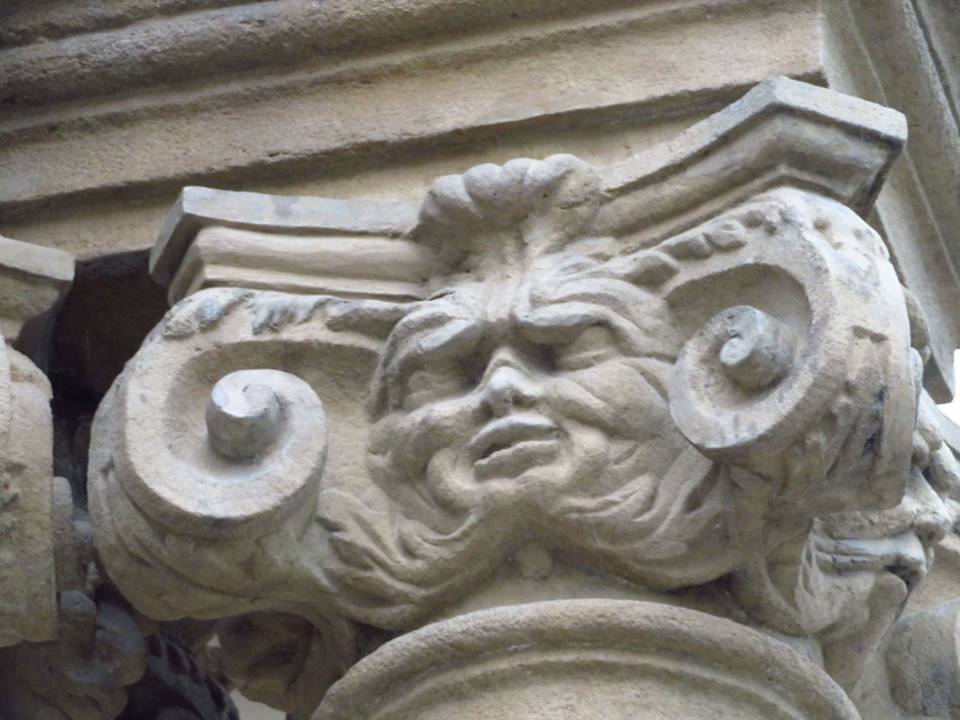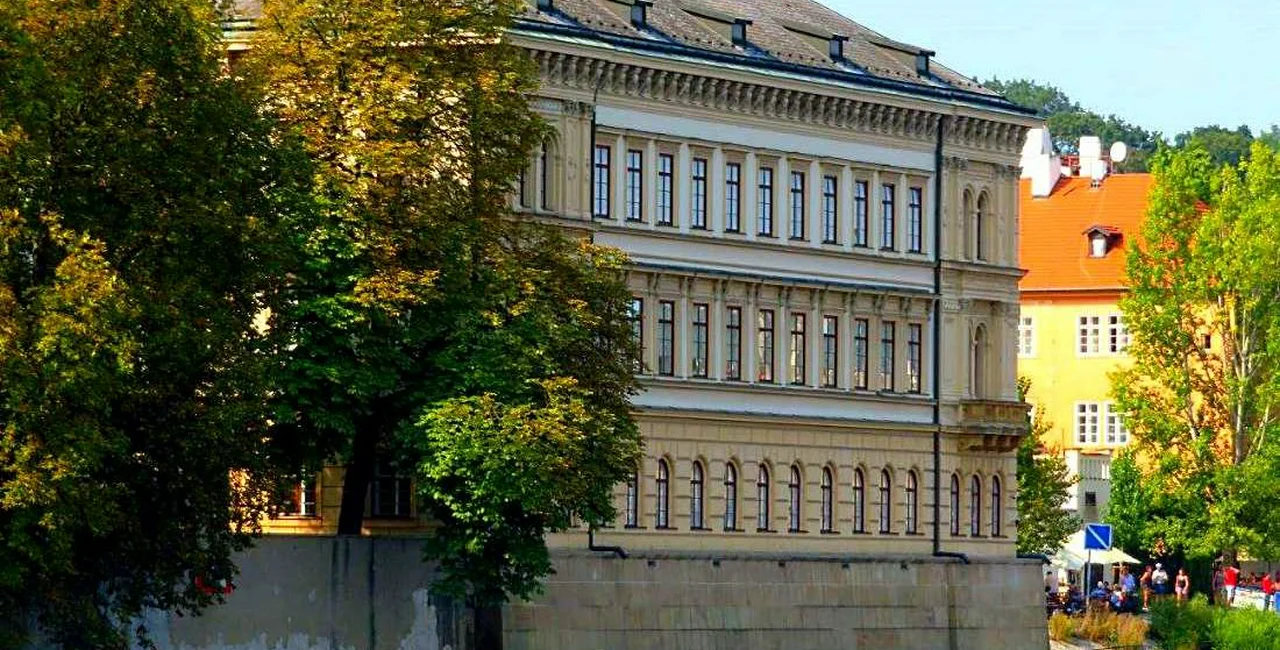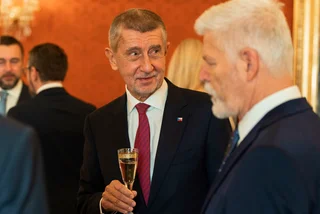Two state-owned palaces in Prague will be open to the public to celebrate Saints Cyril and Methodius Day, the national holiday on July 5. Hrzánský palác in Hradčany and Lichtenštejnský palác in Kampa will be open from 9 am to 5 pm for guided tours of the representative spaces.
Tours take about 40
minutes and are in the Czech language. The last tour starts at 4 pm.
People should come early, as there will be a line to get in.
Hrzánský palác
(Hrzán Palace), at Loretánská 177/9, is one of the oldest
buildings in Hradčany. In addition to beautifully decorated
interiors such as the Tapestry Room, visitors can see a permanent
exhibition of the Symbols of the Republic. People can also enjoy a
view of Prague’s skyline from the palace terrace, which was also
popular with Tomáš Garrigue Masaryk, who lived in the palace with
his family between 1894–96 when the palace had luxury apartments
for rent.
Hrzánský palác
was radically adapted in 1949–52 from an apartment house to a
representation palace for the Ministry of Information and Education,
and then in 1961 it was transferred to the Office of the Presidium of
the Government.
Today, the palace
premises are mainly used for receiving state visits or for holding
formal lunches, dinners or important sessions and conferences. It
also hosted recent government meetings when the Straka Academy was
unavailable due to renovations.

The history of the
house includes not only the TG Masaryk family but also the famous
painters Ferdinand Engelmüller and Jan Slavíček. The latter
painted a series of well-known paintings with views of Prague from
the window of the lower level.
Lichtenštejnský palác (Liechtenstein Palace), at U Sovových mlýnů 506/4 on Kampa, has been used to house royalty and visiting heads of state. Queen Elizabeth II, King Juan Carlos of Spain and Japan’s Emperor Akihito stayed there. It also used for government meetings.
The palace dates back to the late 1600s, as the previous building on that spot was destroyed in the Thirty Years’ War, and the land was a garden after that for several decades.
In 1684, General
František Helfried of Kaiserstein had a two-level palace constructed
based on an irregular hexagon around the courtyard, with a gallery on
the upper floor, and two towers. The concept was by French architect
Jean B. Mathey, implemented by Czech architect of Italian descent
Giovanni B. Alliprandi.

The palace changed
hands several times over the years. In 1831, Count František Antonín
Kolovrat Libštejn sold it to General Prince Jan Josef of
Liechtenstein, who had the two towers removed and his coat of arms
mounted above the portal. This gave the palace its current name.
The palace eventually fell into the hands of a family of socially rising millers, when wealthy business families began to displace the idle nobility. In 1864 miller František Odkolek bought it and gave it its current look. A third level was added, and the Baroque facade was changed for a Neo-Renaissance one. Only the columned entry portal and the balcony with a balustrade remained. The palace interiors come from this time, though some original vaults remain on the western side of the courtyard. The Odkolek name is still a brand name for mass-produced baked goods.
In 1895, the palace
was taken over by the City of Prague, which used it for a variety of
official purposes. After World War II the palace garden became a
public park. Later it became state property.
Between 1979 and
1991, the palace was adapted for the Government Presidium and the
exterior walls were strengthened against the threat of slipping down
into the Vltava river. The floods in 2002 devastated the lower
floors, and the palace had to undergo another renovation.
A legend says that the ghost of a miller’s daughter haunts the palace, as she was snubbed at a formal ball held there and jumped from the top of the stairs to her death. It is one of many colorful tales related to Kampa and its surroundings.
A newly installed exhibition of protocol gifts given to the prime minister is a part of the guided tour. The exhibition, prepared by the Office of the Government of the Czech Republic, displays more than 50 gifts that Prime Minister Andrej Babiš (ANO) received during major foreign trips he has taken since he took up his post.












 Reading time: 3 minutes
Reading time: 3 minutes 
























